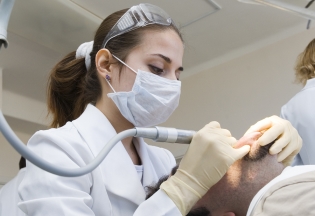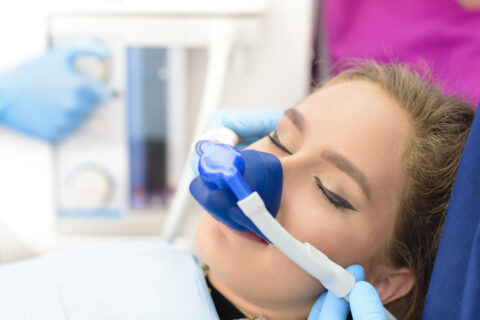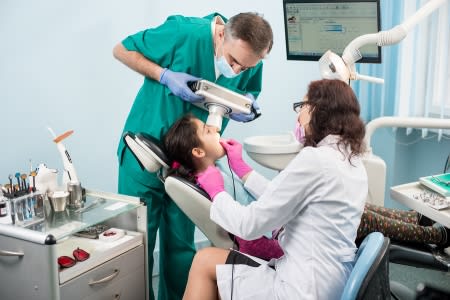SOLVING DENTAL ANXIETY WITH SEDATION
If you are extremely anxious about visiting the dentist, you are not alone. Many patients neglect their dental health and avoid vital check-ups and procedures because of their dental anxiety or phobia. Sedation dentistry (sometimes inaccurately called ‘sleep dentistry’) can help those patients undergo treatment in a relaxed state. There are several different kinds of sedation dentistry in Belmont, ranging from light sedation, in which the patient is conscious but relaxed, to general aesthesia.
Forms of Sedation
There are four main types of sedation in common use. A dentist may administer a mixture of nitrous oxide (laughing gas) and oxygen, using a mask placed over the patient’s nose and mouth. The sedation dentist can control the dose during the procedure. Afterward, the effects wear off quickly. Oral sedation is another popular option. Your dentist will administer one of more doses of a medication similar to Valium. This will relax you and make you drowsy. Occasionally, patients may fall asleep under oral sedation, in which case the dentist will rouse them. You do need to be awake and conscious for many procedures, in order to be able to cooperate and follow simple instructions. In some cases, the dentist may opt for IV sedation. Administering the sedative intravenously allows the dentist to adjust the dose while treating the patient. Finally, in some cases, general anesthesia may be the most appropriate choice.
Candidates for Sedation
You may be a candidate for sedation dentistry if you are especially anxious about visiting the dentist. Talk to your dentist about sedation options if you have exceptionally sensitive teeth or a strong gag reflex. Some lengthy procedures may be best undertaken under sedation. Sedation can also be a safe and appropriate option for some children who are uncooperative, frightened, or who have special needs. Some forms of sedation can only be administered by a dental professional with appropriate additional qualifications. Before receiving sedation, your dentist should discuss your medical history and any medications you are currently taking. He or she should administer an appropriate dose for your age and weight, and monitor your vital signs throughout the procedure. After sedation, ask a friend to accompany you home and refrain from driving.



